by Michelle Carton | Mar 18, 2017 | Morocco
We got the chance to visit Hassan Tower, which was being built to be the biggest mosque and minaret in the world, in 1195. In 1199, construction abruptly stopped. What is left is the minaret (tall structure), 200 columns, and the Mausoleum of Mohammed the 5th where the king and his two sons are buried. Lots of people come here for prayer and to visit the sites.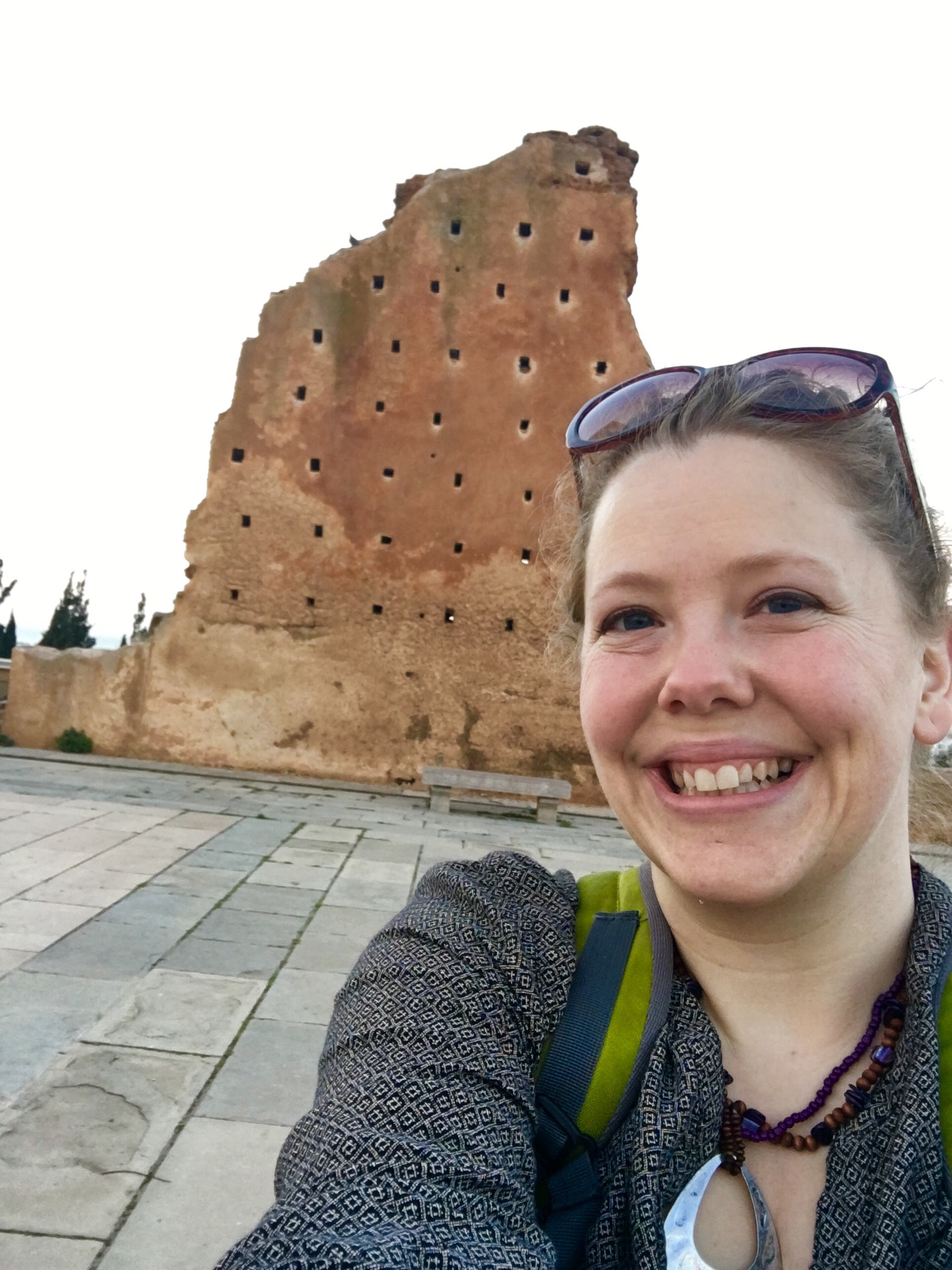
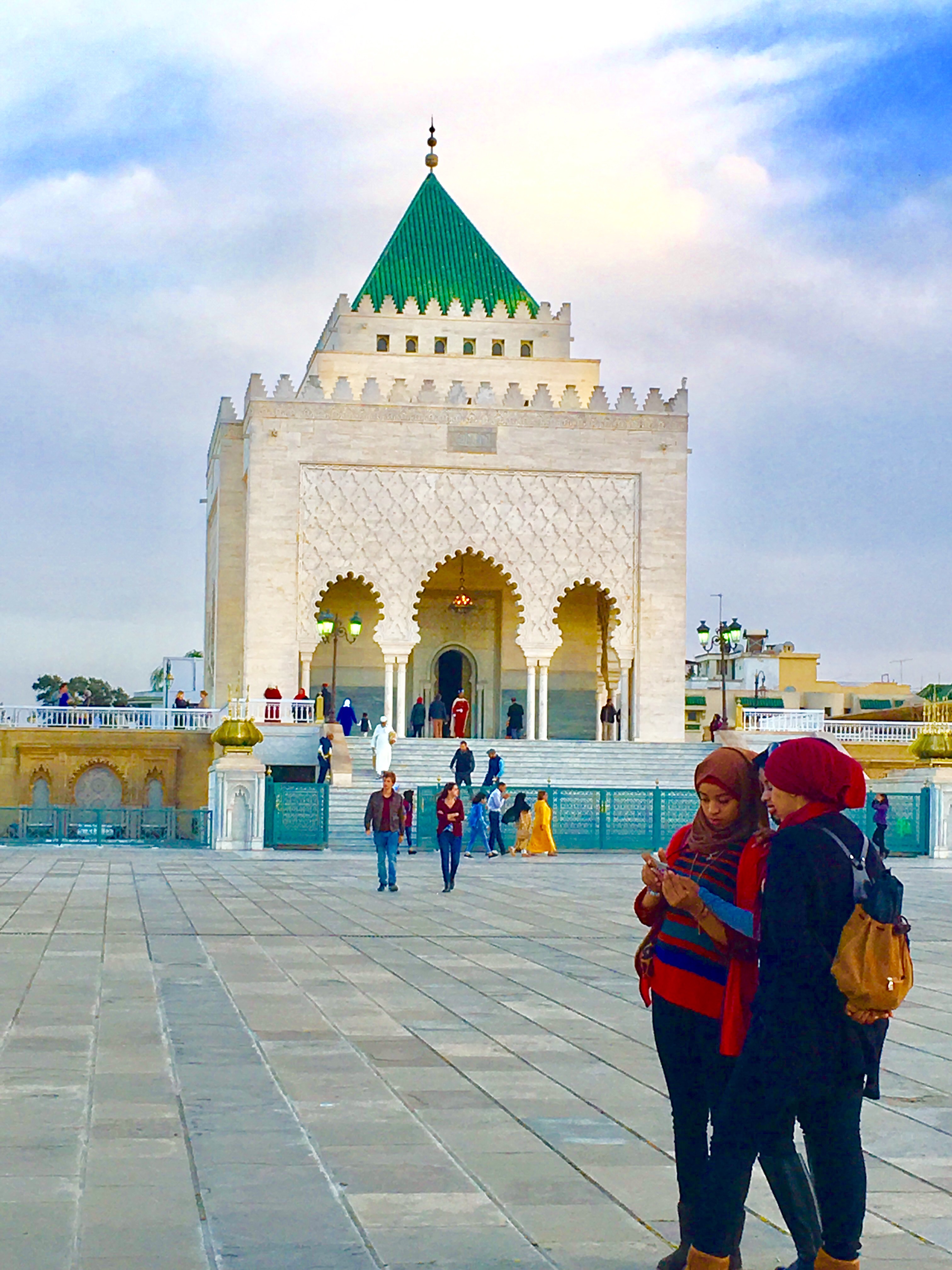
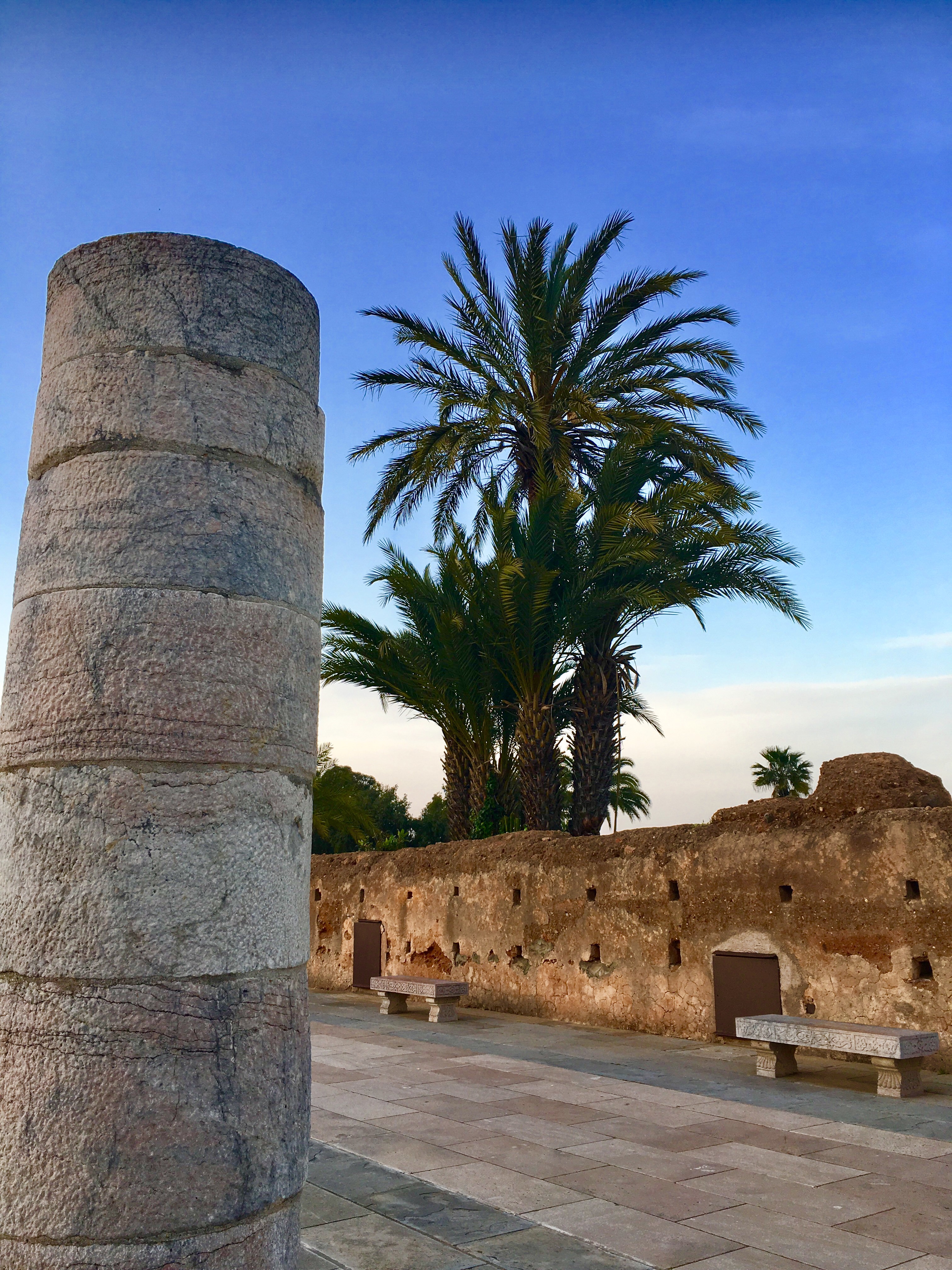
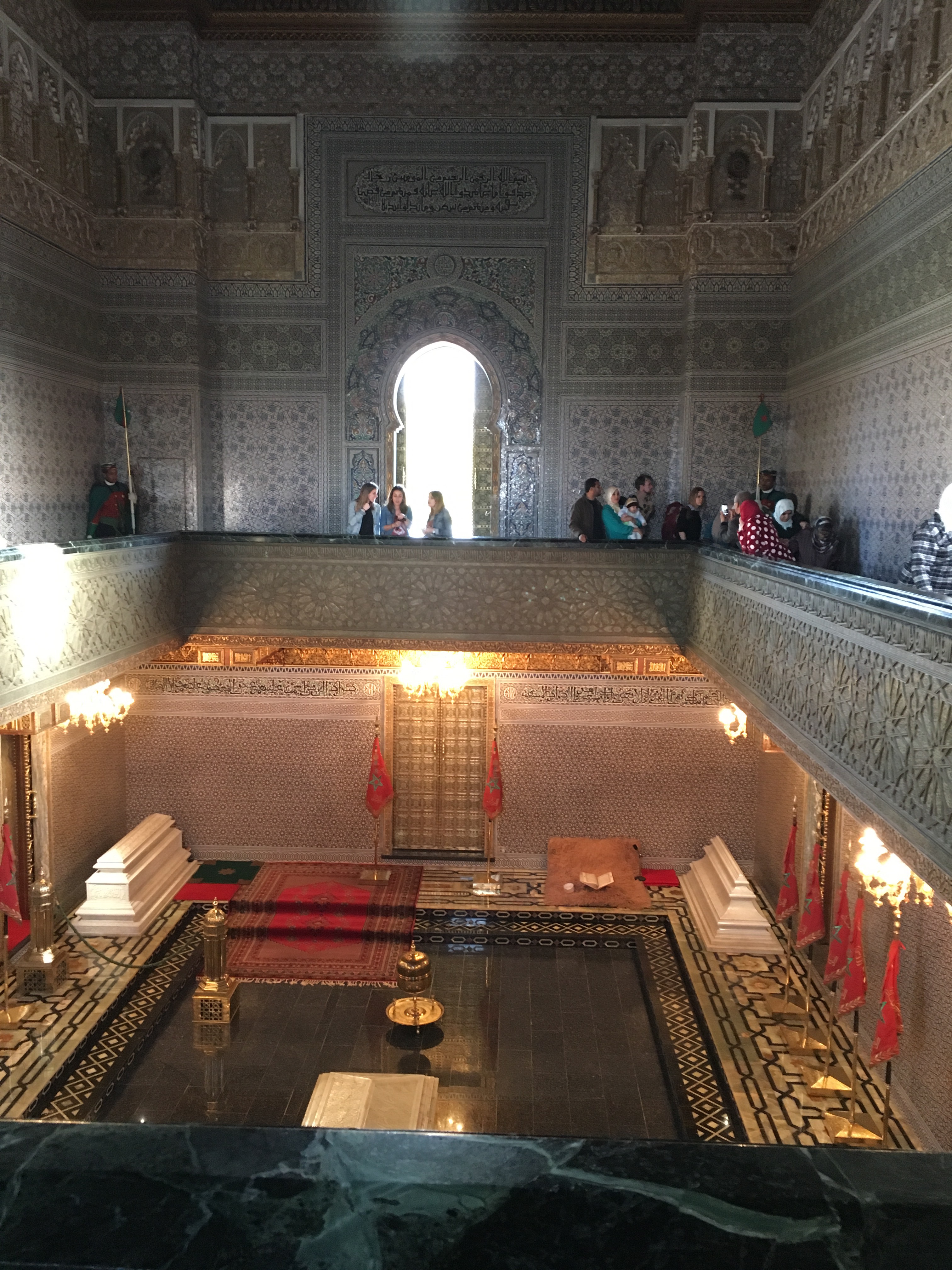
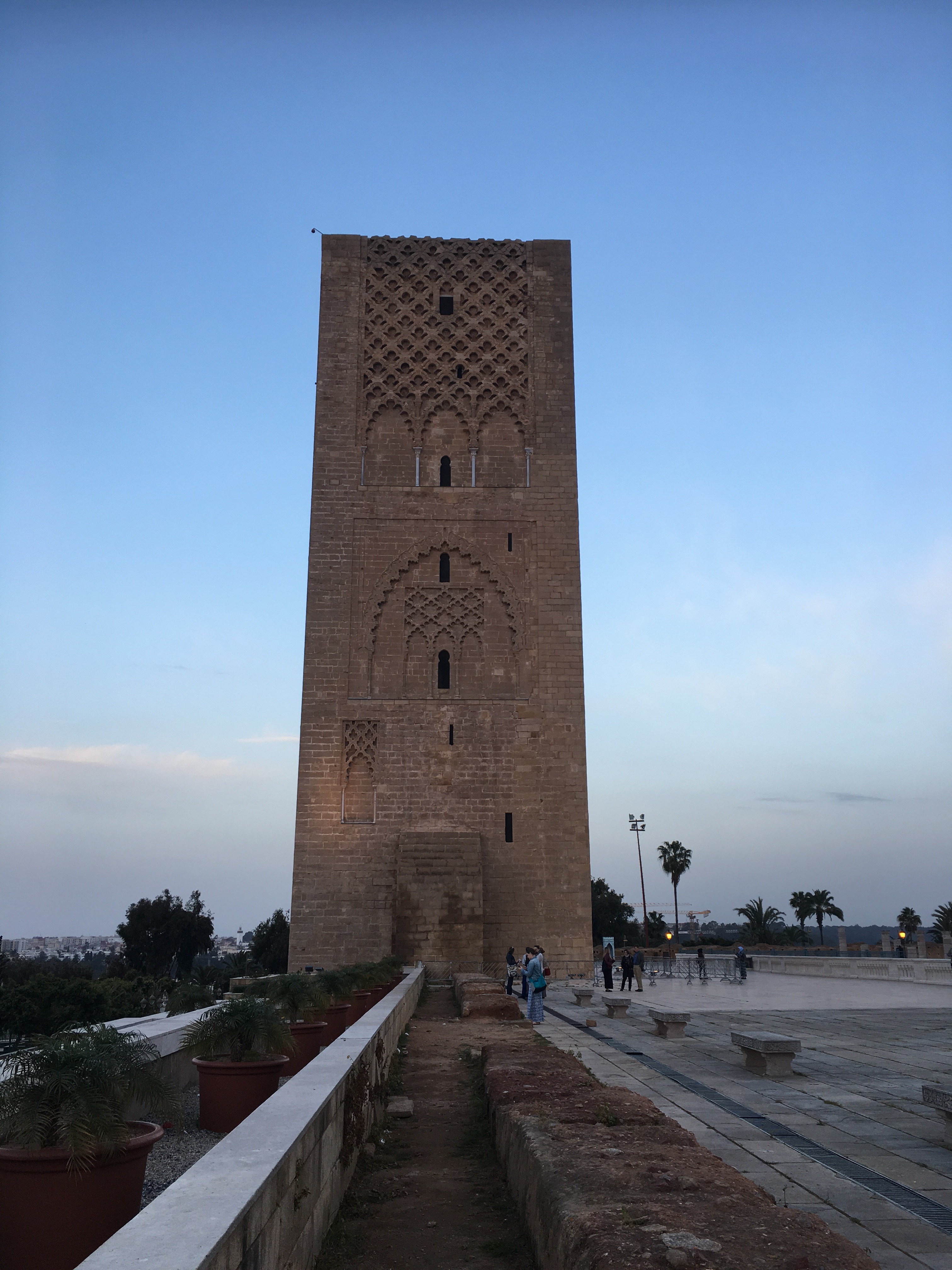
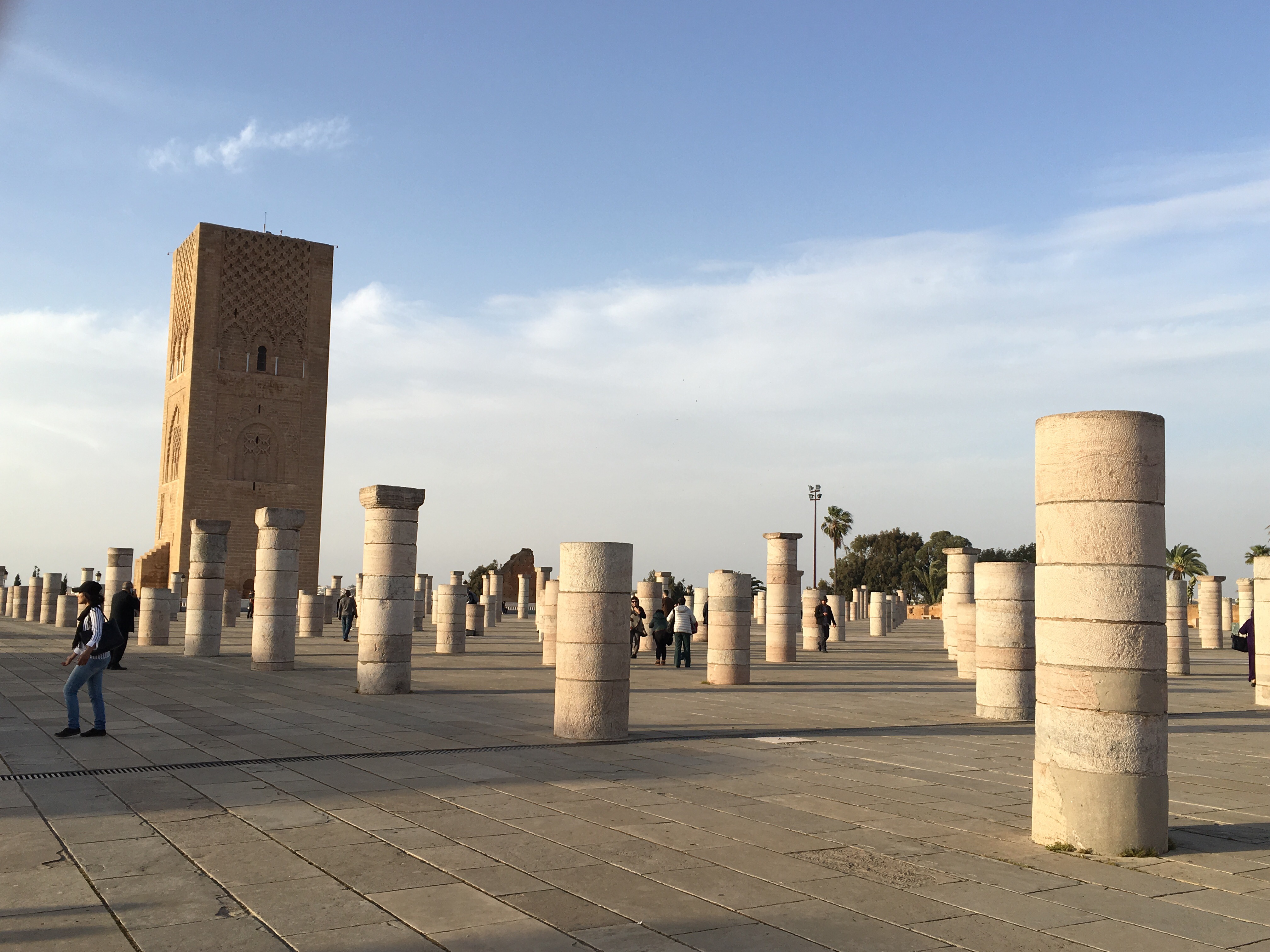


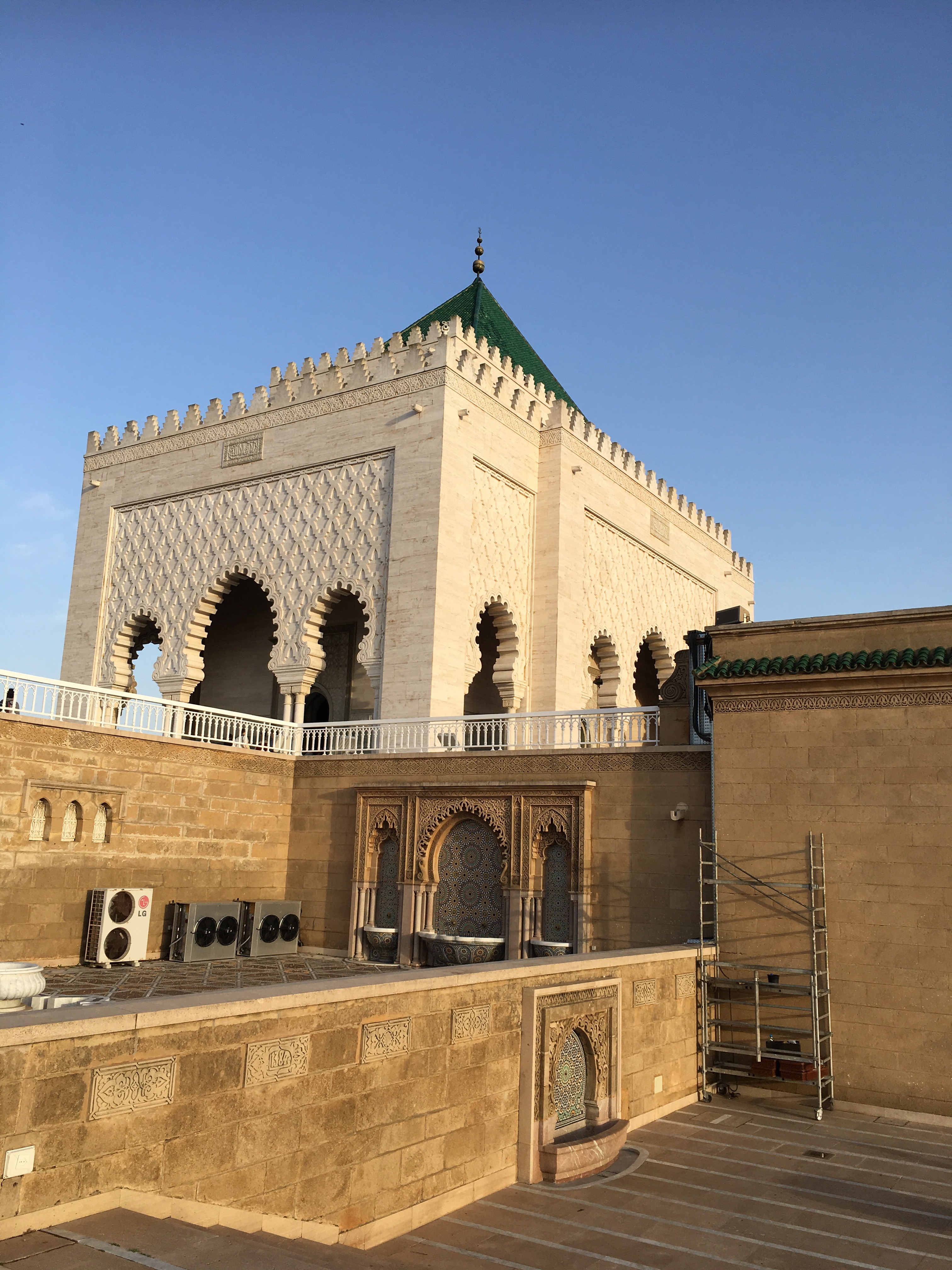
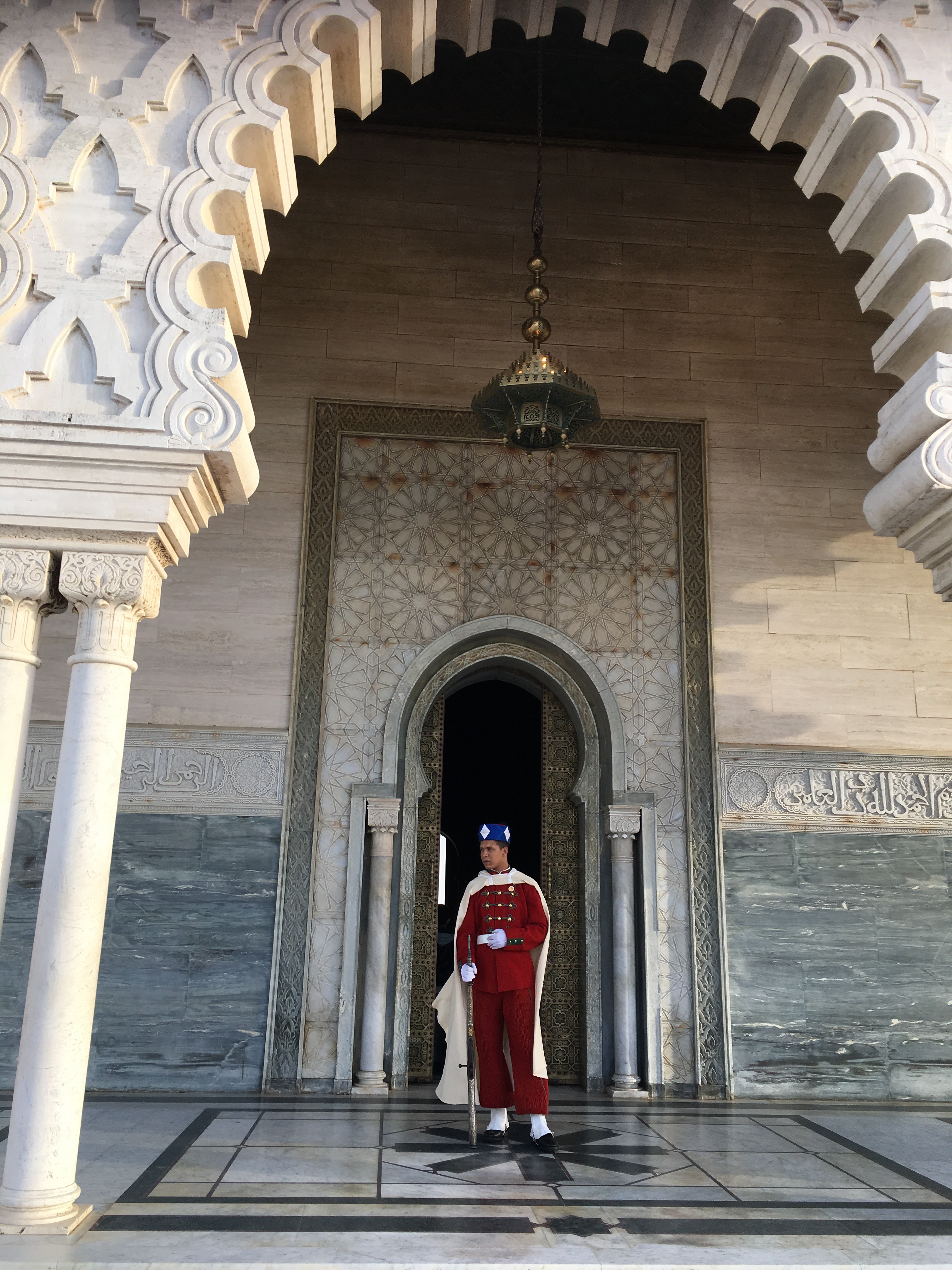
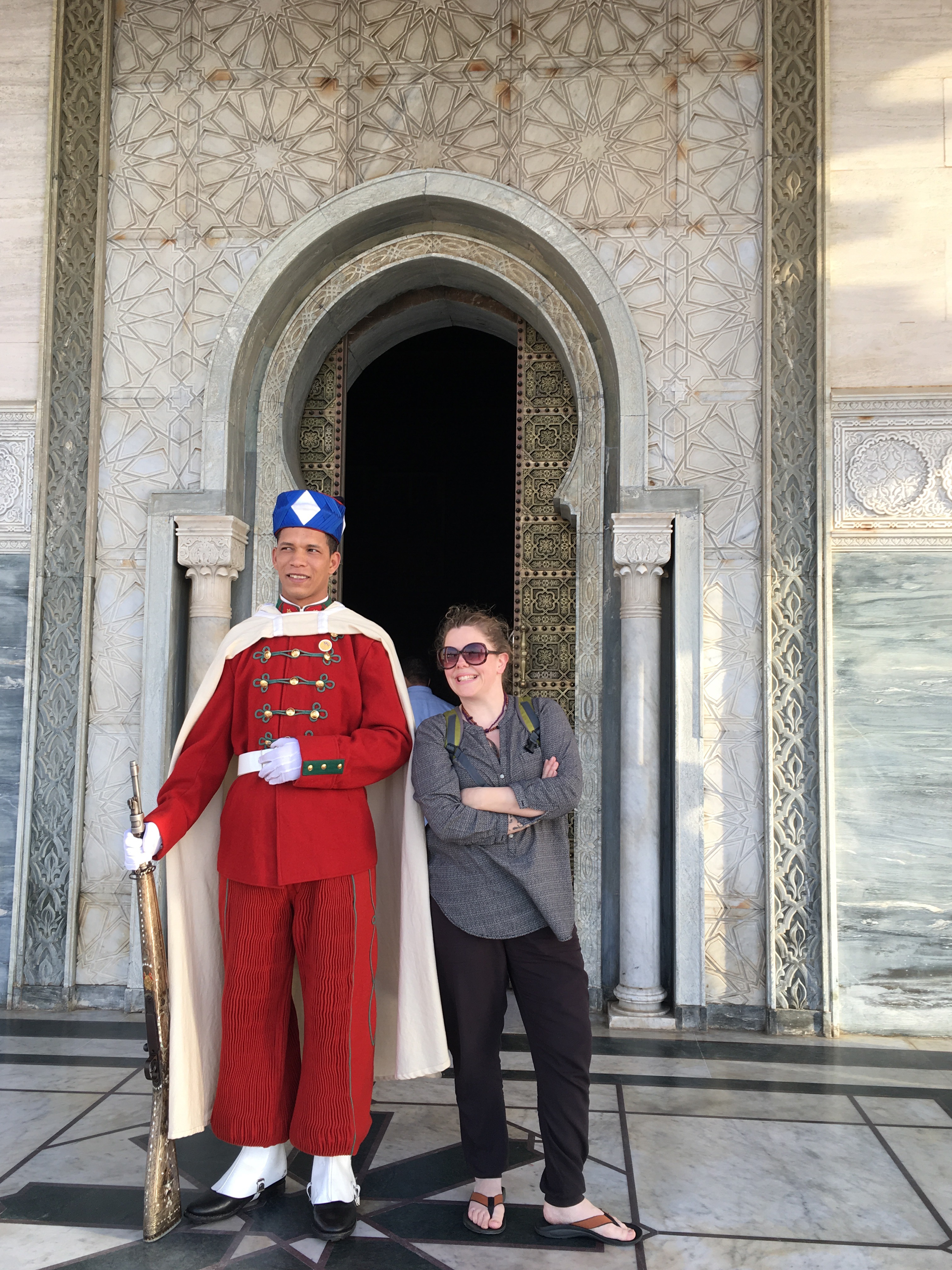
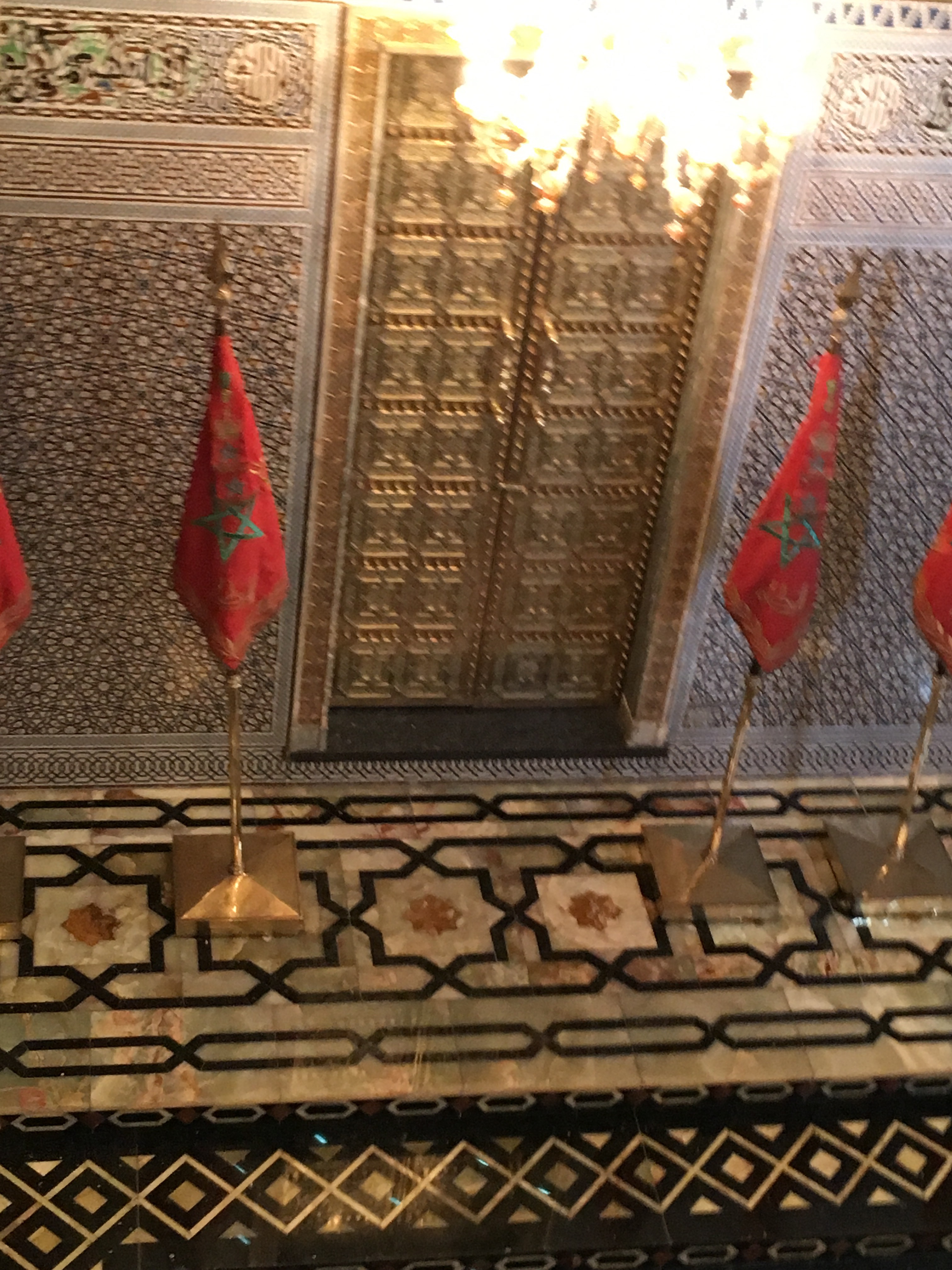
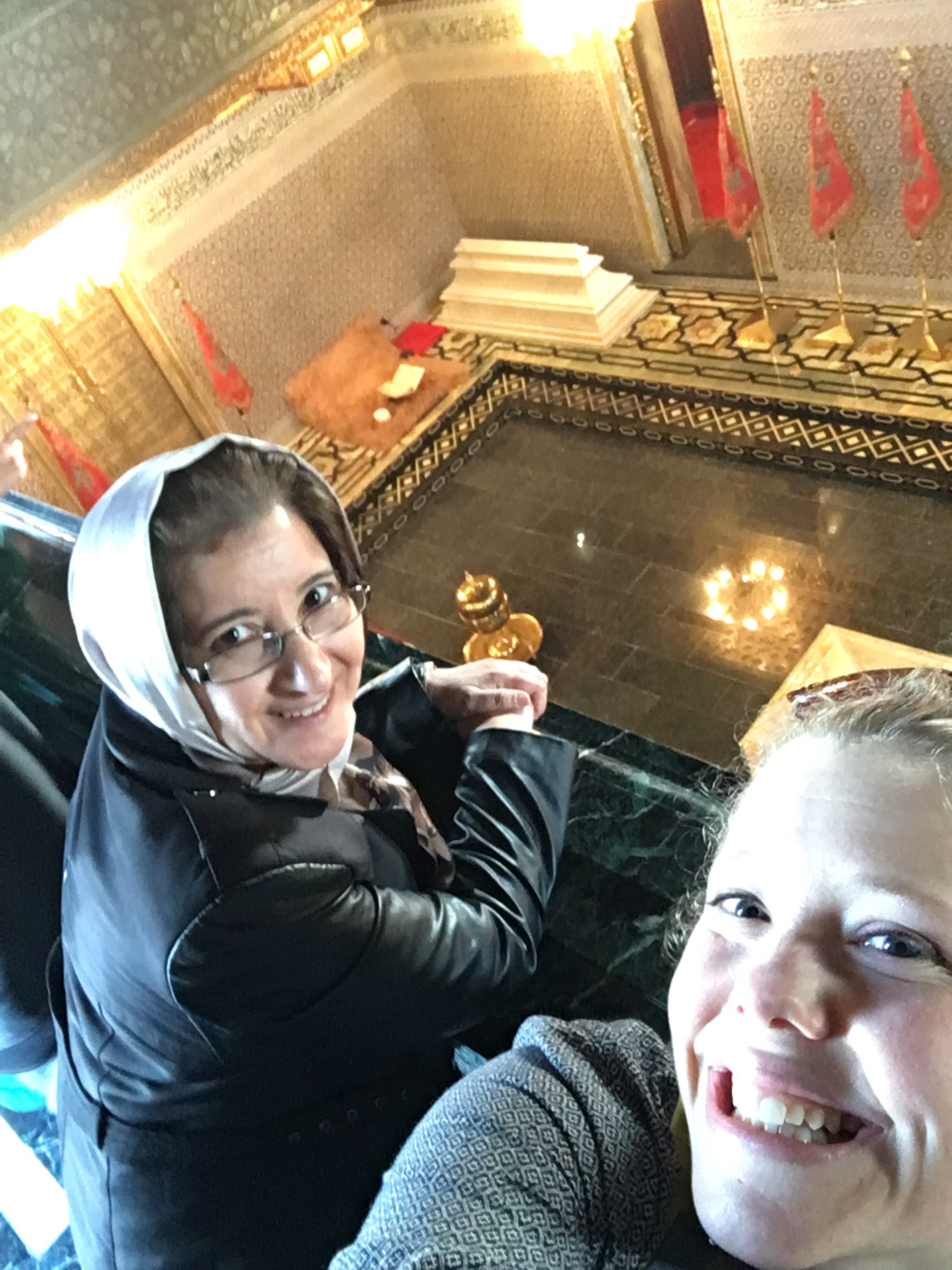

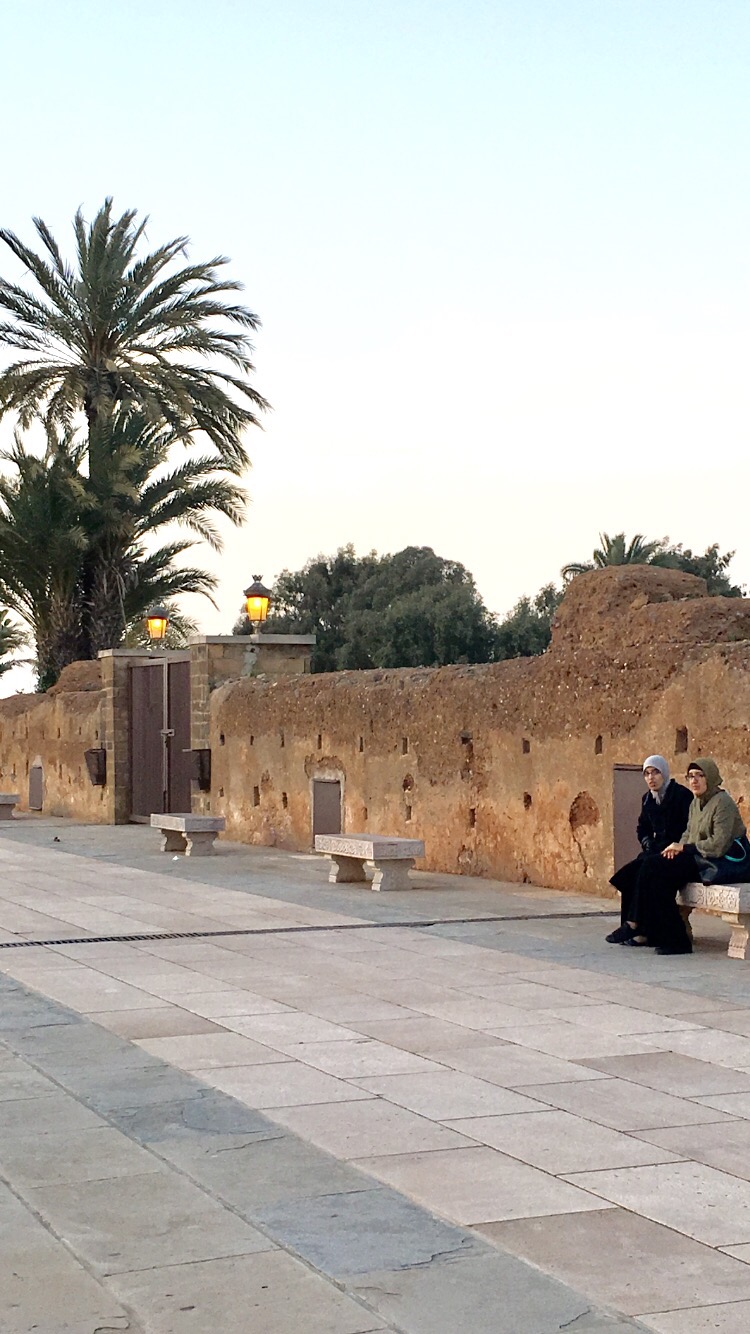
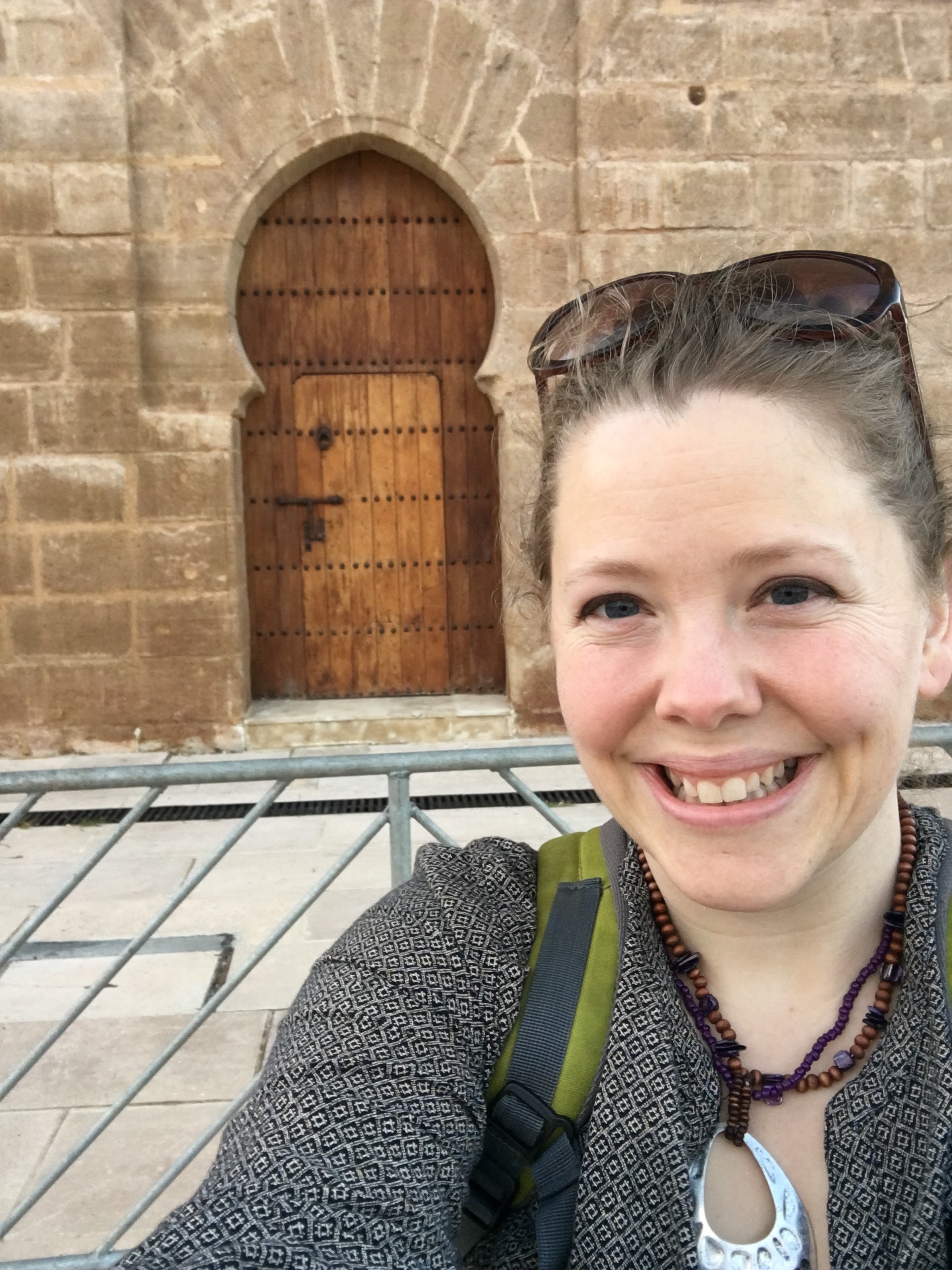
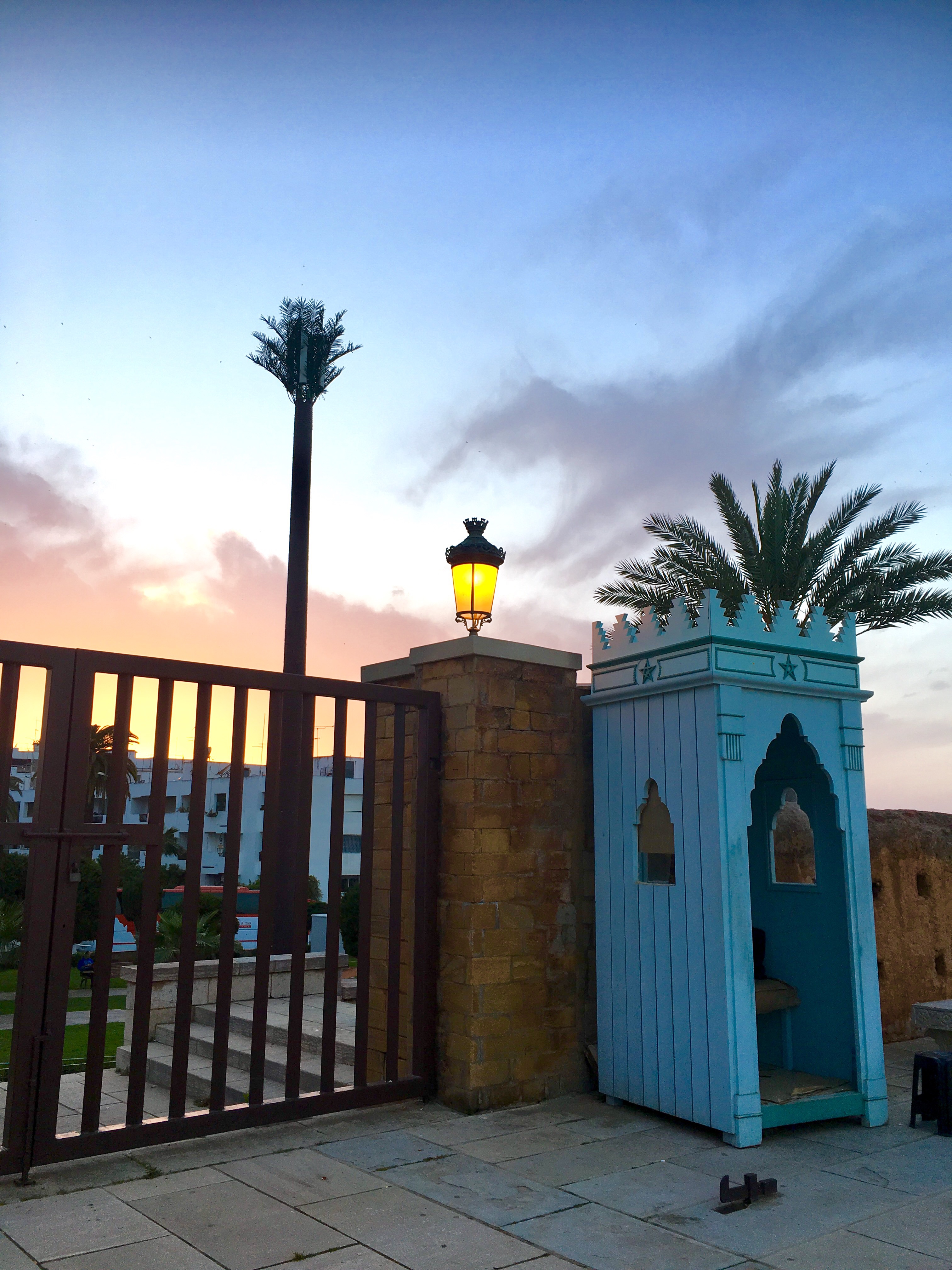

by Michelle Carton | Mar 18, 2017 | Morocco
From the moment we got off the plane, there was a sense of wonder among the group. Stepping out of the airport, I was surprised by the tropical feel of the air and in the trees/bushes. A rush of feelings overcame me, other than exhaustion from the long travel (I left Anchorage at 7:30 AM on Monday, and arrived in Rabat around 3PM on Tuesday). Being in a new environment can be overwhelming and intimidating, but also provides a sense of wonderment and curiosity. Here, the adventure begins.
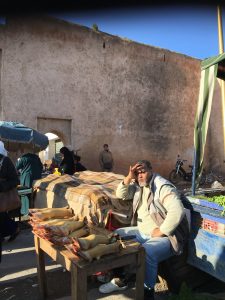
These are legs of cows and are boiled to get the meat off. This was something I didn’t expect to see. I thought they were pig legs, but was informed that pig is not consumed in Moroccan culture.
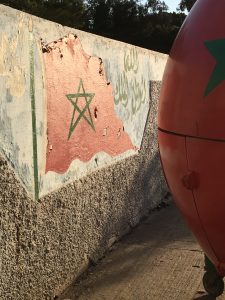
Morocco is very proud of it’s heritage and religion. This can be found painted on a variety of surfaces.
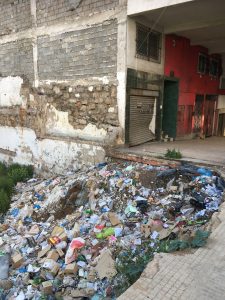
Littering, I am told by a local teacher, is a major environmental concern here in Rabat, especially in the center of the city.

Much like other parts of the world, there is a problem with trash on the streets. This is quite interesting as Moroccans are known to have immaculately clean homes. There is a current movement to teach the need for clean and healthy environments.
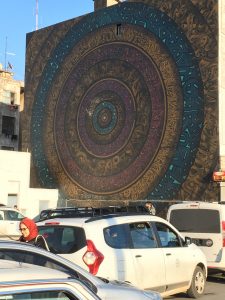
The designs and colors of Moroccan art are so rich and vibrant. There are many large murals and paintings on the walls.
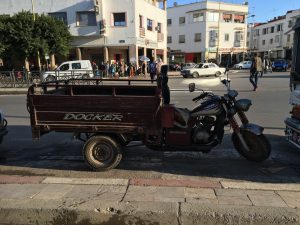
These fun carts that are pulled behind motorcycles are new to Morocco within the last 5 years. I think they are super cute!
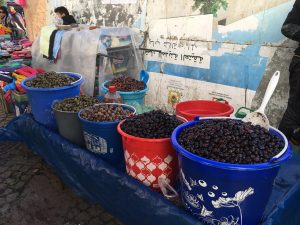
Olives are purchased from these buckets. The olives here are amazing and like nothing I have ever tasted, with so much flavor.
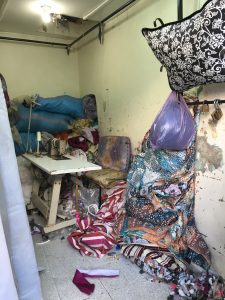
These stalls are located in the Medina (city center and shopping area) where locals can rent out and create textiles (items out of fabric)
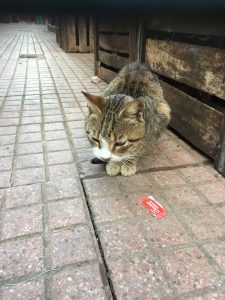
Stray cats are abundant in Morocco.
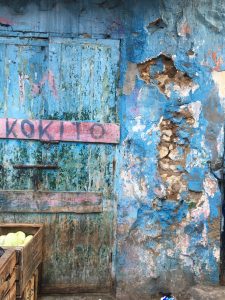
Vibrant blues are all around the medina and add a sense of richness, even with the crumbling of the walls.

Sometimes, a picture tells a story and sometimes, expressions tell that there are many stories within the lives captured.
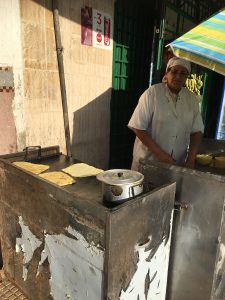
The smell of fresh fried bread is a common occurrence while walking down the streets of Morocco.

Eggs are not refrigerated and are really fresh. Interesting how in America, we do things to the eggs that make them needing to be kept cold or they go bad.
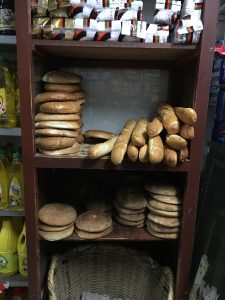
Bread can often be found on a shelf, like you see here. This is an uncommon sight for American food locations.
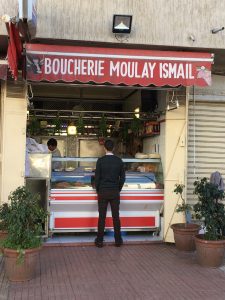
This is a butcher shop, where meat is purchased. I am told by a local teacher that it is best to buy meat from here than from the Medina (like the picture of the cow legs)
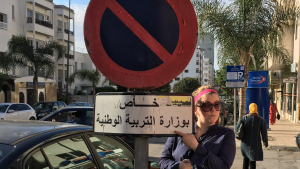
This sign informs us that you cannot park here unless you work for the school. Arabic is such a beautiful language!

What a fun sight to see going down the road. What I really like about being in a different culture is that you always see things that are so different from what we are used to. When it comes to transportation, there are a lot of cars and vehicles I have never seen. More to come later!
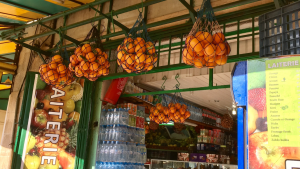
Oranges are available quite readily and these bags are a creative way to showcase.
by Michelle Carton | Mar 13, 2017 | Morocco
As I leave Alaska, I am thinking about all the questions my students have about life in Morocco. At the same time I think about all those parts of life we get used to being “normal”. I look forward to seeing what normal looks like in Alaska and showcasing how that may or may not be similar in Morocco.
Students wanted to know about: life outside of school, what school is like, what popular culture is like, what the climate and weather is like, what music, sports, art, and entertainment of Morocco is like. There were some specific questions too:
- Why do they sell/have wooden shoes?
- Why do men wear pants underneath robes and why do men have headwear?
- Why do the country/village people wear clothing that has a lot of patterns?
- Why do people eat dinner 9 at night?
- What do Moroccan people do for fun on the weekends and what are some traditions?
- Why do women have to be covered up? What do the people think of Nike creating sports hijabs?
- Why are the walls of the souk so high up? Why are triangles and circles so common in shops, objects, and architecture?
- What are muslim people known for?
- How do Moroccan people see Americans? What is their definition of peace?
- What is being done for conservation and in order to help the planet and “be green”?
- What other animals are in Morocco? Why isn’t there a lot about the animals available on line?
Can you think of any more questions you would like to find out? Post in the commons below. Make sure your question makes sense (ask one person to read your question to see).


















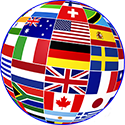


















Recent Comments